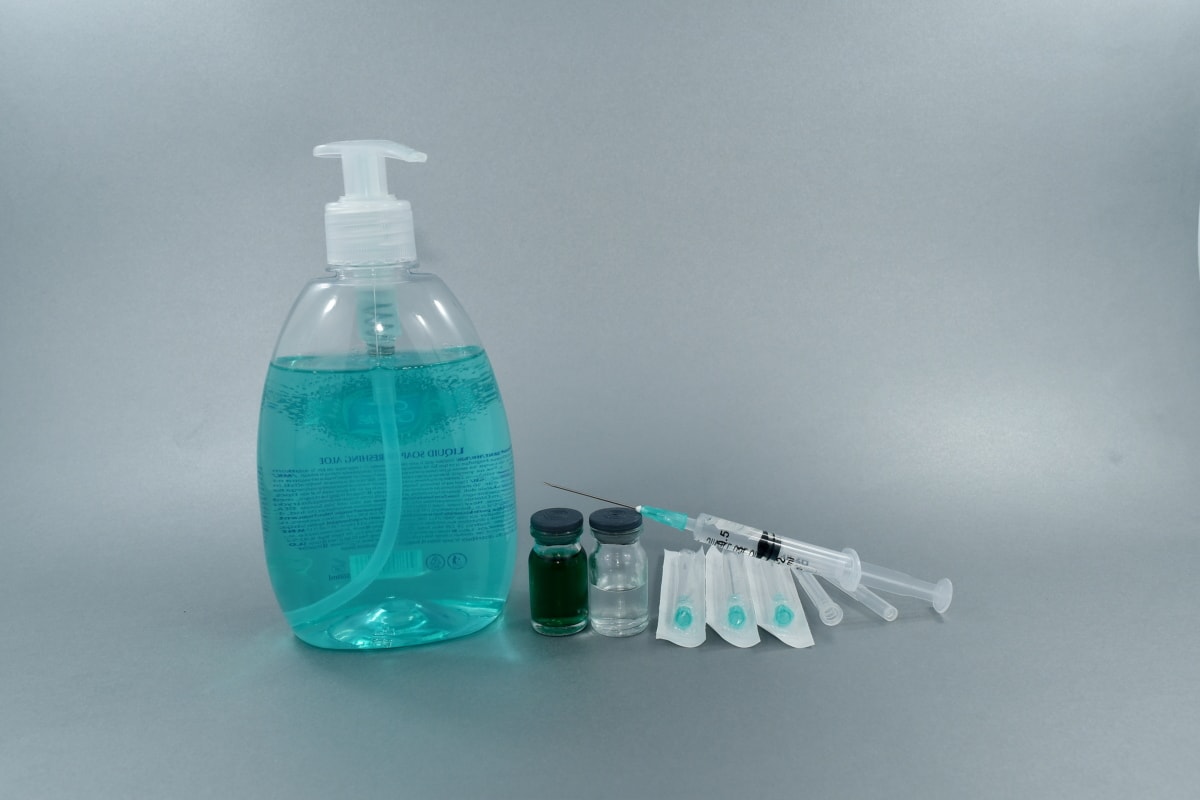Esta web utiliza cookies para que podamos ofrecerte la mejor experiencia de usuario posible. La información de las cookies se almacena en tu navegador y realiza funciones tales como reconocerte cuando vuelves a nuestra web o ayudar a nuestro equipo a comprender qué secciones de la web encuentras más interesantes y útiles.
Publicaciones
Curiously, the COVID-19 crisis has yet to translate into an increase in Spanish banks’ non-performing loan (NPL) ratio. This is due to government measures implemented to mitigate the impact of the crisis, such as the furlough scheme and payment moratoria. However, there are signs of a deterioration in asset quality. For example, the downward trend in forborne exposures (FBE) of recent years has ground to a halt. [1] The fourth- quarter 2020 data reveal an increase in the FBE ratio quarter-over-quarter, a trend worth monitoring in the coming months. A comparison of Spanish banks’ forbearance rates to the rest of the eurozone also yields some notable insights. Prior to the crisis, Spanish banks’ exposure to forbearance had been falling more intensely than in Europe in recent years, with the gap narrowing 2.9 percentage points since 2015. That said, this ratio was still 0.5 percentage points higher in Spain by year-end 2020. With a share of 20%, this puts Spain at the top of the list of eurozone banking systems in terms of FBEs. Finally, it is worth highlighting that in Spain the percentage of forborne exposures classifi as non-performing is 11.5 percentage points above the eurozone average (50.2% vs. 38.7%) implying greater reliance on the refinancing route when borrowers run into trouble.
Maudos, J. (2021). «Forbearance patterns at Spanish banks: Impact of COVID-19». SEFO – Spanish Economic and Financial Outlook 10, n.º 4 (julio): 23-30.



